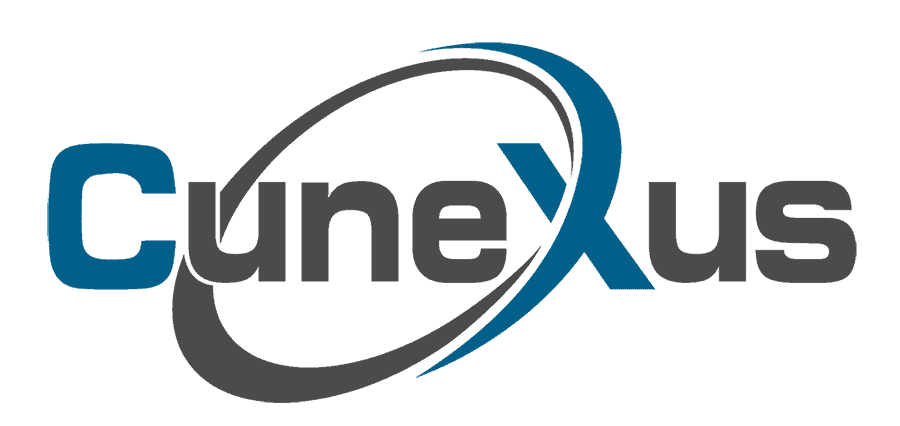
Winning Customer Loyalty During Trying Economic Times
Brought to you by CuneXus

Bank leaders are preparing for an economic downshift; if done well, this can be a time to support customers’ financial health and improve long-term relationships. Proactive counsel, guidance and timely services can turn economic hardships into stronger financial foundations that benefit a bank’s bottom line.
That’s because consumers are facing the perfect storm of cash flow difficulty: Covid-related interventions have petered out, only to be replaced by a rise in the costs of goods, fuel and interest rates. Consumers cannot keep up with the pace of inflation; as of September 2022, 63% of Americans reported living paycheck to paycheck in order to make ends meet, and 43% expected to add to their debt in the next six months.
Economic hard times can give bank customers a sense of shame, discouragement and alienation. They may choose to ignore their financial troubles and debt and disengage with their financial institutions. Bankers can interrupt this pattern with more transparent and proactive best practices. They can provide support and education, in real time, that consumers need to be financially healthy.
Upwards of 80% of consumers prefer to receive money-related insights from more traditional sources such as banks, but only 14% believe their financial institution delivers such guidance. This needs to change. Banks have the unique advantage of owning the data and relationships necessary to proactively develop deep and meaningful experiences that support customers in hard times. They can use this data to maintain and protect customer relationships, rather than risk losing them to a competitor or fintech.
The first step for banks is to focus on customers’ needs, then educate them on helpful tools, best practices and how they can avoid missteps, such as products with predatory interest rates. While banks can’t control inflation, they can be a valuable partner for their customers.
Customers feel at ease when the guesswork is taken out of banking. Bankers need to eliminate the black box of uncertainty. For instance, a bank can analyze internal and external data streams, such as customer information from their loan database and the credit bureaus, to generate personalized pre-approved offers unique to its specific risk tolerance and portfolio. Such offers can include everything from home equity to auto loans, turning lending on its head from an application to a shopping cart scenario.
Banks should also consider out-of-the-box financial services and alternative offerings that can meet the evolving needs consumers face in 2023. For instance, if a consumer has a home equity surplus, the bank could suggest that they access this untapped equity in their homes for any pressing needs. The bank may offer to help a consumer with loan consolidation, or a better interest rate based on an improved credit score. Offering specific, personalized rates and services takes the mystery and chance of failure out of financial services. Banks can empower borrowers with knowledge of their unique opportunities – helping them make smart financial decisions while increasing their wallet share and gaining trust that lasts for a lifetime.
More than three in four Americans feel anxious about their financial situation. Banks must take this time to rethink the value they provide to customers. Those that prioritize personal, healthy financial guidance in 2023 will become trusted advisors and solidify relationships that last.


